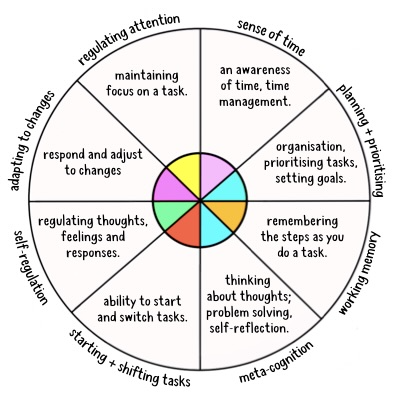3 Tips for State Test Preparation
In our state of New York, spring is in the air… and so is state test preparation. The New York State English Language Arts (ELA) tests will be administered in April 2025 for grades 3-8. Your child might be exhibiting signs of anxiety or frustration. Here are three tips to help our children feel supported and successful.
Tip One: Keep Anxiety in Check
Many of us have anxiety when we think of required state examinations from our own childhood. How can we help our children when the word TEST raises our pulse rate? The New York State Education Department says, “The tests are designed to measure how well students are mastering the learning standards.” The exams are not meant to be “gotchas,” but rather what do the team of educators, students, and caregivers need to continue to focus on to support your child in their learning journey.
How to Help with Anxiety:
Tell kids to give their best guess. It’s okay if your child doesn’t know the answer to all of the questions. They need to try their best and give a response. Something is better than nothing written down. Students can be given partial points even if the answer is wrong.
Self-regulate with mindfulness techniques: take deep breaths, chew gum, meditate.
Review executive function skills prior to the test. The Spectrum of Executive Function Tool is a wheel that reviews skills that students could benefit from at any time of year.
Sonny Jane, offers a reflection page to see where your child is doing well and needs more support. An extra focus on executive skills in March may just be the little push to help your learner stay focused and confident during these assessments.
Tip Two: Build Stamina
Students will be given two days to complete the untimed English Language Arts exam. You may want to ask yourself, how long can my child sit and read without losing focus? It often takes students hours to complete each session, so building stamina is a key component to their success.
How to Build Stamina:
Start a nightly reading routine! It’s not too late to build reading stamina. Imagine running a marathon without any training. Ouch! Reading is similar. Students must have the opportunity to exercise their reading muscles, and school does not offer enough time to build the stamina needed for the test. Log a reading chart and gradually build minutes or pages each night.
Read together. Make your own Book Club. You can read and discuss a book together using sample questions offered from past tests.
Tip Three: Academic Language
Students will come across specific vocabulary often used in test questions that they aren’t exposed to on a regular basis. Your child may benefit from making a plan ahead of time. If they come across a question or word they are unfamiliar with, they can try covering up the word to see if it is necessary to comprehend the passage.
How to Build Academic Vocabulary:
Review a list of common vocabulary that appears in state exams. Below are a few possible examples of words your child may come across:
claim, evidence, genre, story, passage, article, section, paragraph
narrator's point of view, opinion, summarize, plot, theme, character relationships/traits, infer, central idea, analyze
information, describe, explain, cause-and-effect, definition, main idea and details, compare and contrast
poetry structure, figurative language, metaphor, simile
Many test questions can be unfamiliar to your child. For example, “What does this reveal about the character? What does this suggest about the character?”
Words from the Next Generation Learning Standards Glossary provide keywords and definitions.
Use kids.wordsmyth.net for kid friendly definitions of academic terms.
Additional Resources:
The New York State Department of Education offers a variety of resources for parents.
To learn more about executive function skills visit Brown Health University.




